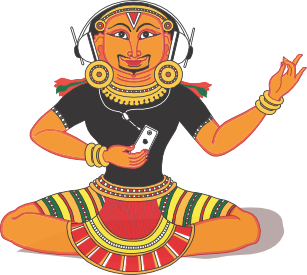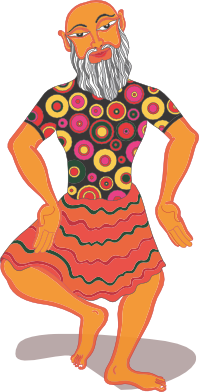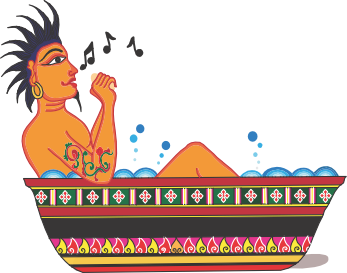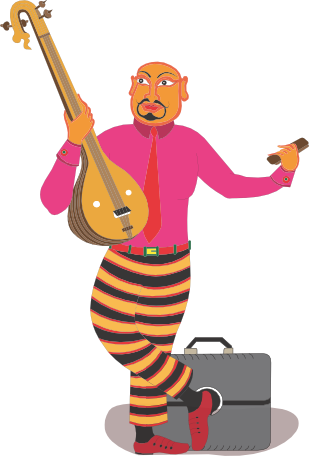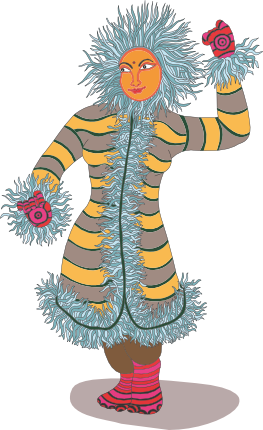Posted by admin in Dance
on Jul 19th, 2012 | 0 comments
Manipūri
Maṇipūr is a small hilly state in the north-eastern part of India. People in Maṇipūr are religious. Hence, the costumes and art have a religious background. Maṇipūri is a very graceful form of dance. It has very little facial expressions, but its body movements are beautiful and graceful.
History: The favourite dance of Maṇipūr is Lai Haroba which means festival of Gods. It is believed that this dance was performed by lord Śhiva and his consort Pārvathi. Legend says that once, Pārvathi and Śhiva were intoxicated with the music and dance of Rās līlā of Kriṣhṇa and Rādhhā. Śhiva with his consort re-created Rās līlā of his own and went off in search of a place to perform this new dance. Finally they came to a beautiful place which was submerged under water. Pārvathi and Śhiva performed this Rās līlā with a few Gandhharvas. As Śhiva danced the diamond on the serpent’s head fell and illuminated the area. The entire area was radiated because of the gem and was called Maṇipūr -the place of gems.
Originally Maṇipūri had traditional and ritualistic dances like the “Lai Harōba”. Later, in the 18thCentury, there was a great influence of Vaiṣhṇavism and the then ruler of Maṇipūr, Bhāgychandhrā composed the Rās Līlā. He composed three out of five types of līlās.
Costumes:The costumes of Manipūri dance depend on the type of dance. The costumes of the ritualistic dances are different from those of the Rās Līlā. The woman dancer wears a traditional Manipūri skirt and shirt with a head gear for the ritualistic dances. The most attractive costume is that of Rās Līlā. The peculiar feature is the flying skirt and the veil. Men wear plain dhothis for Pung Cholam and Kīrthan.
Compiled by: Aarthi Natarajan & Indira Kadambi
